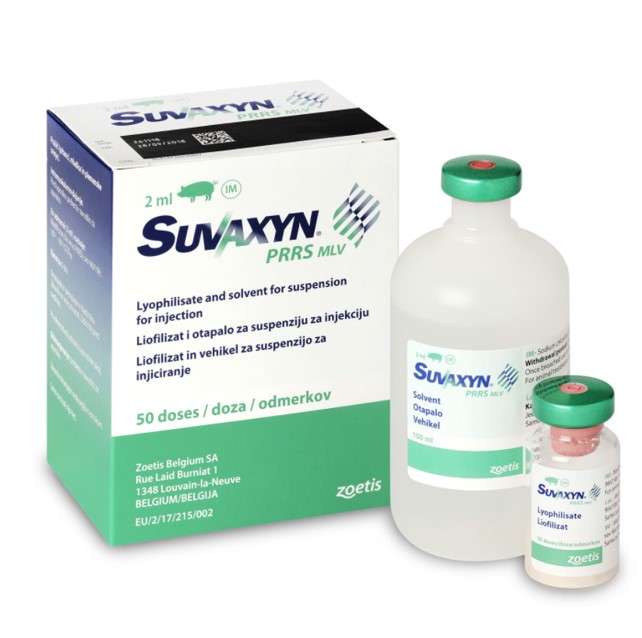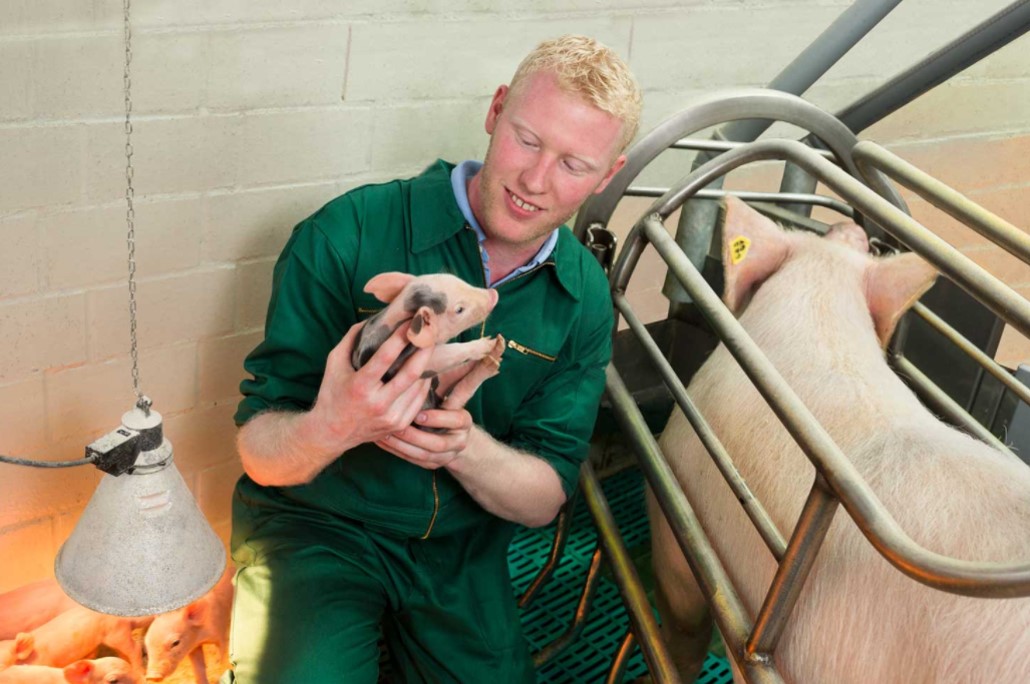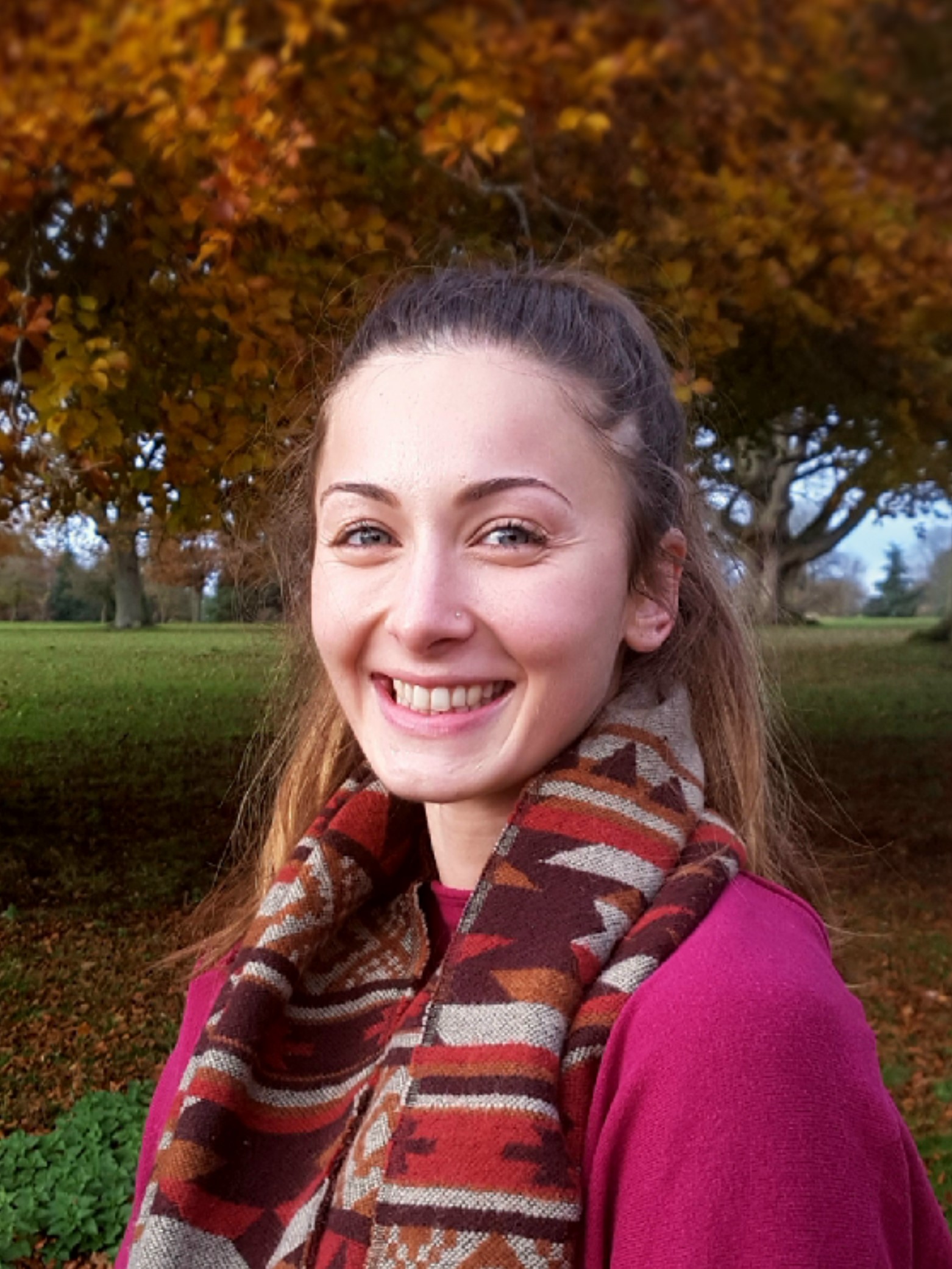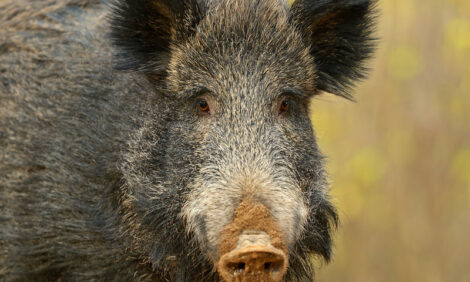



The important role of diagnostics in controlling PRRS in Europe
The recent launch of Suvaxyn PRRS MLV, an innovative vaccine by Zoetis containing a modified live European Porcine Reproductive and Respiratory Syndrome (PRRS) virus strain, is helping to raise awareness of the disease, says European Veterinary Specialist in Porcine Health Management, Professor Tomasz Stadejek.Speaking to more than 300 veterinary professionals earlier this year at an annual swine meeting in Zaragoza, Spain, Professor Stadejek encouraged continued research into European PRRS vaccines.
“In regions such as North America and Asia, PRRS is considered the most important infectious disease in swine, but in Europe that is not the case.
“Veterinarians and producers ignore the fact that the European strains of the virus are a lot more genetically diverse than the strains in North America or in Asia. The more diverse the virus, the greater the difference in virulence and pathogenicity, and this is a problem.”
“PRRS is a difficult disease, so any new vaccine on the market is welcomed as companies are sharing their knowledge, and this knowledge is being passed on to stakeholders.”
Prof. Stadejek says PRRS viruses are continuously and rapidly evolving, and the consequences of the molecular evolution for the virus properties are unpredictable.
“The local emergence of ‘diverse variants’ of PRRS are most likely through the introduction from elsewhere, such as the movement of pigs, trucks, people, and modified live vaccines.”
Prof. Stadejek says the complex nature of PRRS requires sound diagnostic protocols and properly validated tools, as well as complex and evidence-based control approaches.
Researcher at the Autonomous University of Barcelona, Dr Gerard Martin, agrees that the new vaccine is useful in targeting PRRS in Europe which he describes as an “extremely complex disease”.
“PRRS is a devastating disease and requires good diagnostics and monitoring,” he says.
“This is the most difficult part as diagnostics and monitoring are not seen as an investment – they are considered a cost and, therefore, not a priority.”
 Zoetis wanted to develop a vaccine specifically for European pig producers that can be used in pigs from the first day of age, so that Suvaxyn PRRS MLV induces active immunity early in lifetime, which lasts until the end of fattening. Pig protection is established 28 days after vaccination and lasts for 26 weeks after vaccination in fattening pigs, and 16 weeks after vaccination in gilts and sows. The vaccine reduces viremia and nasal shedding of the virus.
Zoetis wanted to develop a vaccine specifically for European pig producers that can be used in pigs from the first day of age, so that Suvaxyn PRRS MLV induces active immunity early in lifetime, which lasts until the end of fattening. Pig protection is established 28 days after vaccination and lasts for 26 weeks after vaccination in fattening pigs, and 16 weeks after vaccination in gilts and sows. The vaccine reduces viremia and nasal shedding of the virus.
Monica Balasch, Associate Director, Global Biologicals Research for Zoetis, says most of the vaccines currently on the market are conventional, modified live vaccines.
“With Suvaxyn PRRS MLV, we used a different approach to attenuate the virus and we now have a new solution that uses a cell line that makes a porcine virus receptor instead of a cell line that makes a monkey virus receptor.
“Although the mechanism is still under investigation, removing the requirement for the vaccine virus to adapt to the monkey cell line correlates well with efficacy in very young pigs. Thus, Suvaxyn PRRS MLV in Europe and Fostera PRRS in North America and Asia, which both used the new attenuation method, were able to achieve unprecedented label claims for use in pigs as young as one day of age,” says Jay Calvert, Research Director, Global Biologicals Research for Zoetis.
“The new vaccine represents a flexible alternative to allow for new customised PRRS control programmes developed by veterinarians for producers.”

As reported by Zoetis









